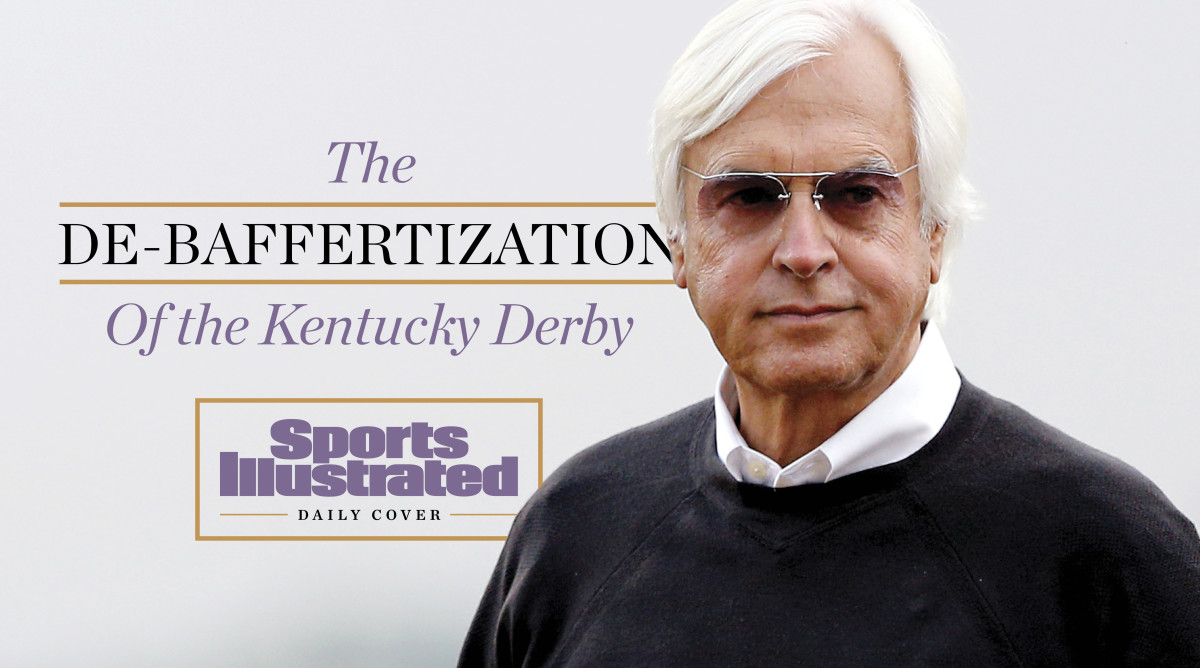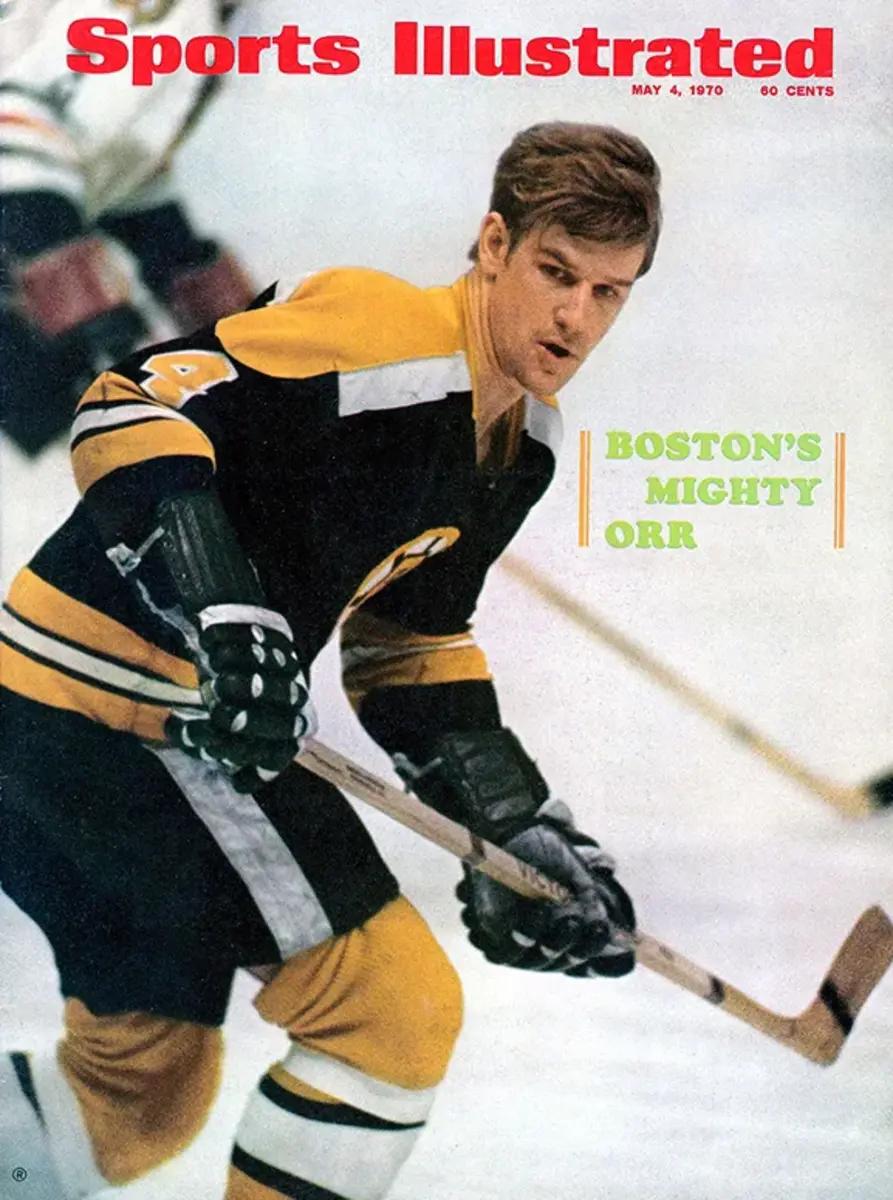SI:AM | Inside Hue Jackson’s Browns Tanking Claims
Good morning, I’m Dan Gartland. Let’s dive into the latest on the Browns and Hue Jackson.
In today’s SI:AM:
🏇 The missing man at the Derby
Investigating 0–16
While the NFL has cleared the Browns after an investigation into claims made by former coach Hue Jackson that he was incentivized to lose games, reporting by SI’s Gary Gramling and Conor Orr sheds new light on those allegations and raises questions about Jackson’s situation in Cleveland.
Gramling and Orr acquired more than 1,000 pages of documents related to Jackson’s dispute with the team and wrote an exhaustive report of their findings. Here is how they summarized their findings:
“Taken together, the reporting provides an intimate look at a franchise attempting to walk a tightrope between ‘smart rebuild’ and ‘all-out tank,’ while trying to meld classic ‘football’ coaches and scouts with a progressive ‘analytics’ front office. They reveal actions that could be interpreted as violating the league’s principle of competitive integrity: Specifically, an addendum to Jackson’s contract includes bonus incentives that—while they do not specifically call for Jackson to lose games—appear to incentivize losing.”
The bonuses offered to Jackson are the primary takeaway here. When he was hired, Jackson’s contract included bonus opportunities for adhering to the Browns’ “Four Year Plan.” Part of the plan offered bonuses to Jackson based on the number of draft picks the team made and for carrying over salary cap space. That may not be directly incentivizing losing, but as Gramling and Orr explain, those goals run counter to the goal of winning games:
“While draft capital accrued and percentage of cap carried over are appropriate goals for a personnel department, it is unusual to reward the coach for those categories—not only are they out of his control, but those goals stand in opposition to every NFL coach’s baseline goal, which is to win as many games as possible. Very simply, the more a team loses, the higher its picks, and therefore the more draft capital it can accrue. And the less money is spent on the roster, the fewer good players there are.”
More broadly, though, the fallout from Jackson’s tenure in Cleveland illustrates who really pays the price when a team decides to tank. Not only has Jackson failed to catch on with another NFL team (he’s now the head coach at Grambling State), the stench of being associated with those terrible Browns teams has rubbed off on other members of the team as well. SI spoke with Ken Delgado, whose first shot in the NFL after a long career as a college assistant came with the 2016 Browns. He’s on Jackson’s staff at Grambling now but knows he’s not making it back to the pros.
“Every coach wants to make it to the NFL, and that was my chance,” Delgado says. “I’m realistic; I’m not going to get back into the league.”
Some players believe their careers also suffered as a result of Cleveland’s disinterest in building a quality roster:
“One player under Jackson in Cleveland says he’s been in touch with around a dozen former teammates since Jackson made his public statements about being incentivized to lose. Believing the Browns’ struggles damaged their individual careers and earning power, they’ve discussed potential legal recourse.”
There is no smoking gun here, but the story is an interesting study of the NFL’s power dynamics.
The best of Sports Illustrated

Pat Forde focuses today’s Daily Cover story on Saturday’s Kentucky Derby and the glaring absence of famed trainer Bob Baffert. You can listen to Forde discuss the article, Baffert and the Derby on the newest episode of SI Weekly.
Ja Morant’s 47-point game led Memphis to a much-needed win over Golden State to even the series. … The Celtics also evened their series with the Bucks with a wire-to-wire win. … The NCAA’s name, image and likeness rules have brought college sports’ booster economy out of the shadows, Ross Dellenger writes. … Ben Pickman looks at the five biggest questions ahead of the new WNBA season. … Jonathan Wilson reflects on the legacy of powerful soccer agent Mino Raiola, who died over the weekend.
Around the Sports World
You can watch Ja Morant’s highlight reel here if you missed the game. … Steve Kerr called Dillon Brooks’s flagrant foul “dirty” in a mid-game interview. … The Seahawks and Buccaneers will play in the NFL’s first regular-season game in Germany. … Dusty Baker is now the 12th manager in MLB history to win 2,000 games. … Matt Ryan says the Falcons’ pursuit of Deshaun Watson played a role in his leaving Atlanta. … The Yankees thumped the Blue Jays, extending their winning streak to 11 games.
The top five...
… things I saw last night:
5. Mariners rookie Julio Rodríguez’s sliding catch while blowing a bubble
4. Draymond Green’s response to Grizzlies fans booing his injury
3. Andrew Velazquez’s sliding stop and throw from deep in the hole
2. Evgeni Malkin’s deflection to beat the Rangers in triple overtime
1. A Blue Jays fan making a kid’s night by handing him an Aaron Judge home run ball (The Athletic’s Kaitlyn McGrath spoke with the Toronto fan, Mike Lanzillotta, and the kid, 9-year-old Derek Rodriguez)
SIQ
On this day in 1984, which player hit a fly ball that got stuck in the roof of the Metrodome?
- Dave Kingman
- Kent Hrbek
- Harold Baines
- Dave Winfield
Yesterday’s SIQ: How many home runs did Willie McCovey hit in his career?
Answer: 521. McCovey was tied with Ted Williams for eighth place on the all-time home run list when he retired. They currently sit tied for 20th, joined by Frank Thomas.
McCovey played in four decades, with the Giants, Padres and A’s. He made his big league debut at age 21 on July 30, 1959, two-thirds of the way through the season, but was so impressive in his 52 games as a rookie (a .354 batting average and 1.085 OPS) that he was unanimously named the National League Rookie of the Year.
Even as he approached and eclipsed 40 years of age, McCovey was still better than plenty of big league hitters. His OPS+ (which is adjusted to a player’s ballpark) was better than league average in 1979 at age 41. He was 42 when the ’80 season began, and it quickly became clear that his best playing days were behind him. The home run he hit on May 3 in Montreal was his only one of the season.
He struggled at the plate and was relegated to mostly pinch-hitting appearances. On June 22, with his batting average sitting below .200, McCovey announced he would be retiring effective July 10. His final game was July 6 at Dodger Stadium. He was called upon as a pinch hitter in the eighth inning and drove in a run on a sacrifice fly.
From the Vault: May 4, 1970

The photo Neil Leifer captured for the cover above is a good one (I love how you can sense the movement of Bobby Orr’s hair as he skates down the ice), but it pales in comparison to a much more famous image of Orr shot just a couple of weeks later.
On May 10, 1970, Orr scored the game-winning goal in overtime to finish the Bruins’ sweep of the Blues in the Stanley Cup finals. The goal itself was fairly unremarkable and, even though it clinched the Cup for Boston, the championship was already a foregone conclusion by that point in the series. Still, the goal lives on more than 50 years later, because of Orr’s celebration and the photo captured by Ray Lussier of the Boston Record American.
As Orr flew through the air, Lussier snapped the iconic photo of Orr’s body parallel to ice. There are also other details that make it a perfect encapsulation of a Stanley Cup–winning moment: the fans on their feet in the background, the look of resignation on the face of a St. Louis player and the goalie still struggling to get to his feet.
Lussier, who died in 1991, only got the famous shot because he lucked into a prime spot along the boards. He had been down at the other end of the ice for the third period but as the ice was being resurfaced before overtime he went down to the opposite end, hoping to shoot the winning goal for the Bruins. That was prime real estate, of course, but he was able to find an opening among the other shooters. As Lussier would later recount, the guy who had occupied that spot during the previous period had run off to the concession stand. Lussier had planned to stay only until the other photographer could return to reclaim his spot, but Orr scored 40 seconds into overtime before the other guy could get back.
“I never would have got the picture if that other photographer didn’t go running off to get a beer,’’ Lussier said.
Check out more of SI’s archives and historic images at vault.si.com.
Sports Illustrated may receive compensation for some links to products and services on this website.
